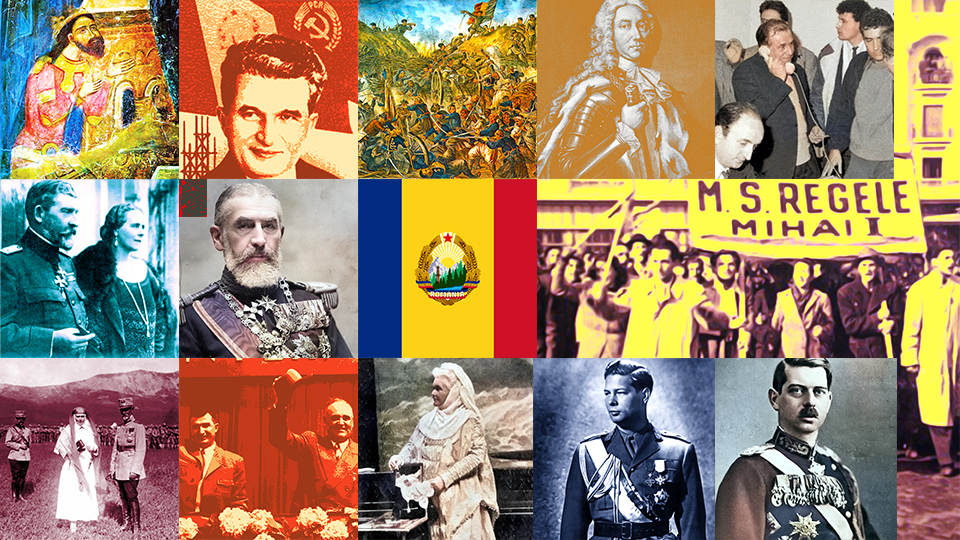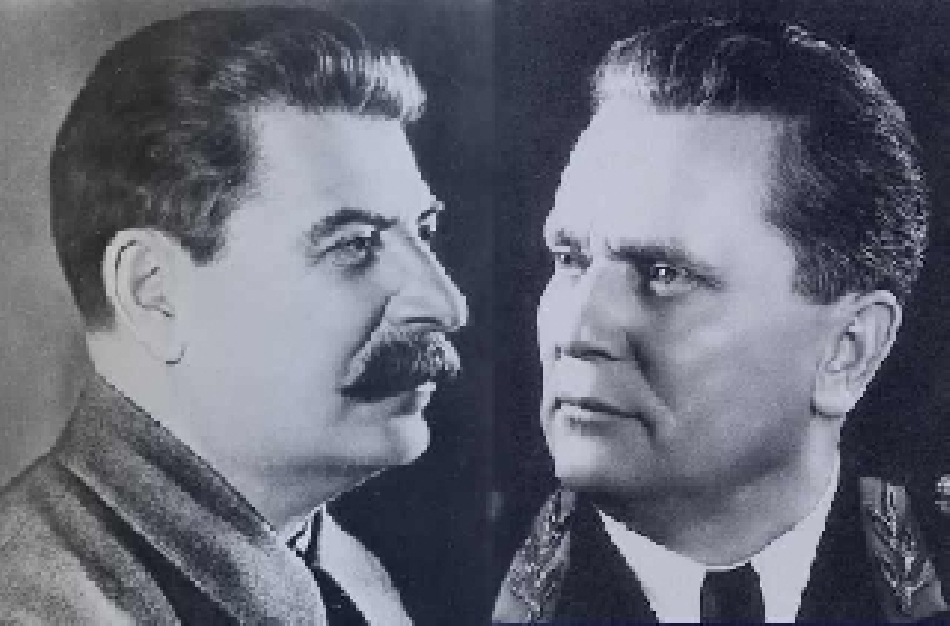Romania – FRG diplomatic relations

Steliu Lambru, 13.01.2025, 22:32
The fact that, after 1945, there were two German states on Europe s map, was the effect of deep divergences between the US, Great Britain and the USSR regarding the future of the country that had triggered the terrible war. The two Germanys, West and East, were in hostile terms. Walter Hallstein, the first president of the European Economic Community, had given the name to the doctrine by which the Federal Republic of Germany (FRG) did not have diplomatic relations with the countries that had recognized the Democratic Republic of Germany (DRG), while the countries that were part of a group, out of solidarity, did not have diplomatic ties with the German state from the opposite bloc. Thus, Romania, located in the communist bloc, did not have diplomatic ties with the Federal Republic of Germany.
Things would change, however, starting the second half of the 1960s. In 1967, Romania managed to establish diplomatic relations with West Germany due to changes in the approach to European relations. With two reciprocal visits, that of the Romanian Foreign Minister Corneliu Mănescu to the FRG and that of the West German Foreign Minister Willy Brandt to Bucharest, the foundations of rapprochement would be laid. In 1994, the Oral History Center of the Romanian Radio Broadcasting interviewed diplomat Vasile Șandru, who remembered the context in which the changes took place: “The visit of Vice Chancellor Wili Brandt, who was also Foreign Minister at the time, took place after Romania had established diplomatic relations with the Federal Republic of Germany. The context was as follows: in the summer of 1966, the Political Consultative Committee of the Warsaw Treaty had convened in Bucharest. In the document adopted on that occasion, the idea of convening a European conference on collaboration and security in Europe was launched. There was also a provision that advocated the normalization of relations with both German states. In keeping with this document, Romania initiated the establishment of normal diplomatic relations with the Federal Republic of Germany, doing so from its own positions, by its own decision, without any consultations with its allies. Of course, this generated a reaction of dissatisfaction, especially from the Soviet Union and the other states participating in the Warsaw Treaty, which argued that the establishment of relations with Germany should have been done through a collective act.”
Perceptions were reset: “Romania’s initiative had a positive echo in Federal Germany and, at the beginning of 1967, the action of establishing diplomatic relations took place. Previously, Romania had established official consular and commercial relations with West Germany. We already had a commercial-consular representation in Cologne. Now it was time to raise these relations to the highest level of diplomatic relations. From the Federal Germany s point of view, establishing diplomatic relations with Romania meant, in fact, abandoning the Hallstein doctrine, which was a spectacular step, I would say, even in the context of the Cold War. West Germany had had, until then, a very firm attitude in not establishing any kind of relations with the states that had relations with the German Democratic Republic. The position of the Federal Republic of Germany was not to recognize the existence of a second German state.”
Vasile Șandru believes that personal involvement also contributed a lot to creating a new atmosphere: “Willy Brandt went to the seaside where he was received by Nicolae Ceaușescu with whom he had a conversation that lasted about five hours. With Nicolae Ceaușescu, the discussions were predominantly political and referred not only to the political situation in Europe, but also to the party-line ties between the communist and socialist parties. How did Willy Brandt approach this visit? He came with his wife and son, Lars – he had a son who became a participant in these leftist movements in Germany. So he approached the issue of the visit not only on a political level, but also on a personal level, to get closer to our country. Mrs. Brandt and her son had a separate program on the coast. They had a very interesting program, they were very satisfied with the visit, they were also able to see some Romanian traditional shows and visited cultural sites. It was a visit with a program that also helped them make an idea about Romania.”
In 1997, Communist dignitary Paul Niculescu-Mizil said that, beyond the optimism with which we regard it today, there was more to it than we suspect: “When I was in prison, I listened to a television report by Cornel Mănescu, about how diplomatic relations with the FRG were established. He said that he went to Germany, that he met with Brandt and Brandt said let’s establish diplomatic relations, then they shook hands and said yes, we agree. Let’s be serious. I know how those relations were established; I was a member of the Permanent Presidium. This problem was discussed and re-discussed, how to do it, how to get to this, how the Soviets will react, if it is good, if it is not good. This was discussed for days and days. And when he left, Mănescu had a clear mandate, to go and end diplomatic relations with the Federal Republic of Germany, as the only option. I was part of many delegations, it would be absurd to say anything else. I had a mandate from home, and if it did not match the situation there, I would have to report back home and ask for approval.”
In 1967, Romania was the second country in the communist bloc to establish relations with West Germany, after the USSR. It was a diplomatic move through which old ties of the Romanian space with the entire German space were restored.




























